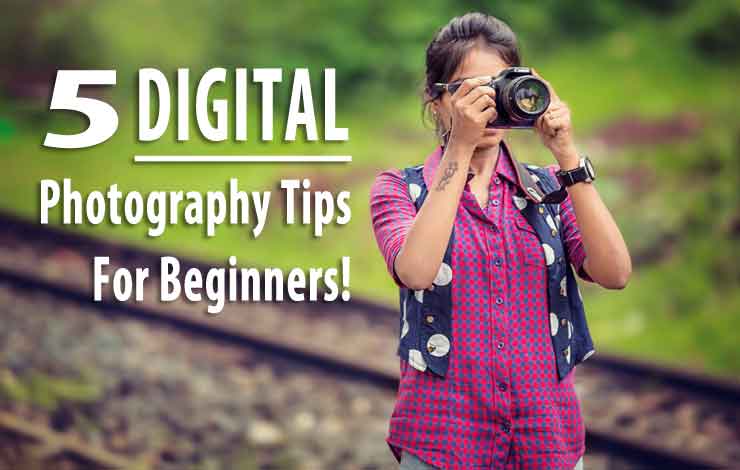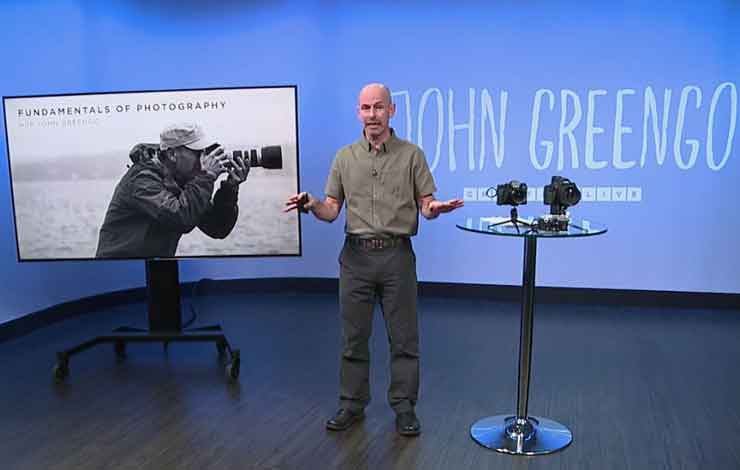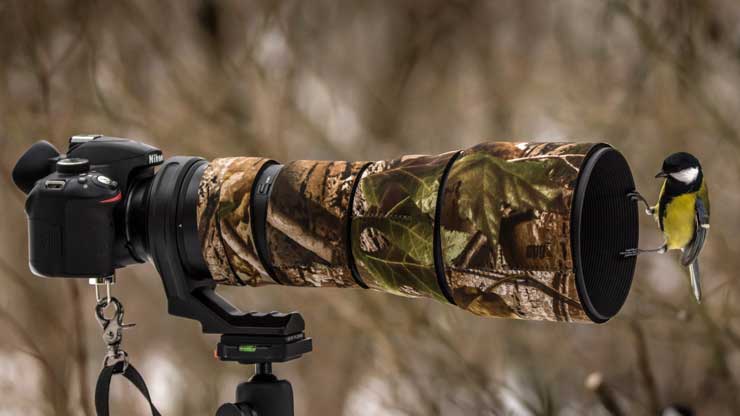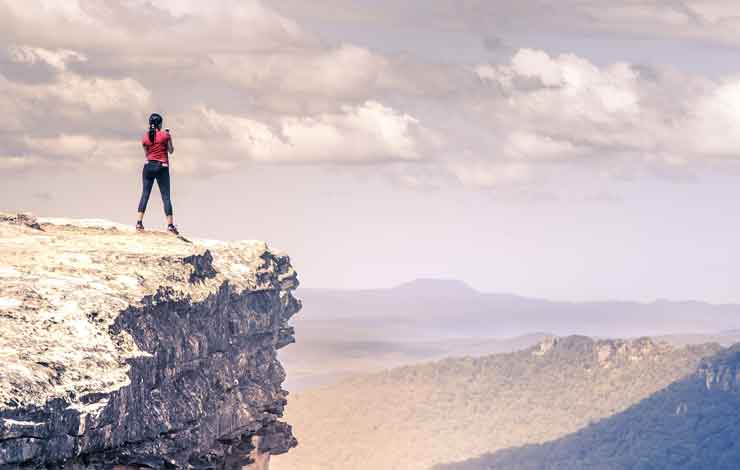5 Digital Photography Tips for Beginners: In many ways, I wish I had a greater understanding of digital photography before I bought my first and second camera and the lenses that went with them.
I know people often say that it’s not how expensive is your camera or lens that makes the difference in photography it’s how you use what you have in the first place. Now there is some truth to that statement but in end, you cannot beat good gear, especially when it comes to lenses. Here are five digital photography tips for beginners that I wish I had understood before I finally bought my full-frame digital camera.

5 Digital Photography Tips For Beginners
I started photography with an entry level digital camera with a standard lens kit. After about a year or so, I purchased a high end crop digital camera with a standard lens kit thinking that I would be able to take better images. About a year later, I purchased a full-frame digital camera but this time I did not purchase the kit lens. By this time I had learned not to waste money on slow lenses or cheap lenses.
Here is what I have learned about digital cameras and lenses over the last 10 years or so! The best way to share what I have learned is to pen 5 digital photography tips for beginners.
1. Buy When You Know Why
I wish now I took more time to understand the why before I bought my photographic equipment because I have a lot of expensive equipment that I seldom use.
When it came to lenses for my digital cameras, I wasted a lot of money buying the wrong lenses because I didn’t quite understand the uniqueness of each lens.
If I had my time over again, I would simply buy a full-frame digital camera with three lenses – 17 to 35mm lens, 24 to 70mm lens and 70 to 200mm lens. It’s not to say that I wouldn’t buy other lenses because I love my 500mm lens. However, I don’t use it as often as I do with the other three.
When I checked out my images in Adobe Lightroom, I discovered that most of the images have a focal length of 17 to 24mm and 70 to 105mm. There are a few around the 50mm range and noticeably less around the 500mm range.
If I were only able to buy one digital camera and one lens, I would buy a full-frame camera and the 24mm to 70mm lens. With the 24mm range, it is wide enough for landscape photography and with the 70mm range, it is narrow enough (angle of view) for portraits.
2. Take a Course In Photography
I must admit I learned more about the digital camera and lenses when I took a course in the fundamentals of photography.
I read the manual for my digital camera. I read a practical book that explained the basics of my camera and I watched several DVDS relative to my digital camera and lenses. However, when I took several courses on the fundamentals of photography, I learned much more about how to use my camera and lenses and what equipment I needed to take creative photographs.
One course I took was with John Greengo – the fundamentals of photography. I have provided a link for you to see what is involved in the course. This course is for the serious photographer. You can watch some free stuff but it will cost you to watch the whole course (Please note: if you click on this link and purchase the course, I do not receive any commission for providing this link. I provide the link because I found the course of great value for my photography!).

4. Know Your Digital Camera and Lenses
Once I understood the fundamentals of photography, I was able to learn more about how to use the digital camera and the lenses. It not to say that I didn’t take a course on my specific camera because I did.
Most digital cameras have a multimedia workshop with instructional DVDs for the camera and taking photographs. For a few extra dollars, I was able to master the digital camera and begin the process of taking great photographs.
I learned most about my digital camera and lenses by taking photograph after photograph after photograph. I constantly review the setting on my digital camera (I purchased an in depth course on the camera) and it is amazing how I continue to learn new things about the camera and the lenses.

4. Get To Know Photographic Composition
In other words, learn how to see like a photographer. The guidelines for composition in photography will help you see and create great images. The rule of thirds will help you position your subject in the best place. Take your time to find the right balance in your photography. A well-balanced photograph is noticeable and people will make comment.
Look for natural lines to pull people into your photographs. Take your time and you will find the natural lines like fences, roads, tree lines, mountains or even a row of corn in the field. Depth of Field is another important element of photography composition. Understanding the difference between shallow depth of field and large depth of field will turn your photographs into great images.
Framing your image is another way to take great photographs. Use the natural elements to frame your photograph like a side of a building, an overhanging branch or a tree trunk.

5. Hone Your Field skills
In other words, use your digital camera by taking shot after shot after shot. I soon learned what worked and what didn’t.
Become a student of photography and develop your knowledge through experience.
I enjoy photography as a hobby because I find it is stress free and relaxing. However, I now have the confidence to take on different photo shoots when I have time whether it be a wedding, graduation or simply landscape project.
Hopefully, these 5 digital photography tips for beginners will help you take great images for your family to enjoy.
A couple of tips can be the difference between a photograph and a great photograph.
Resources For Digital Photography Tips
Photography Masterclass: Photography Masterclass by Evan Sharboneau is a collection of 29 videos totaling nearly 12 hours of extraordinary training that will give you great information in order to get the most out of any DSLR camera.
